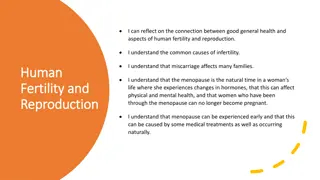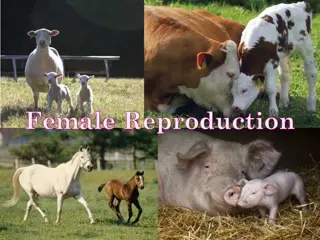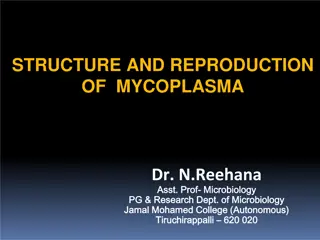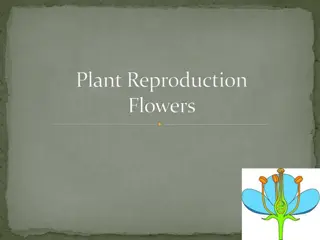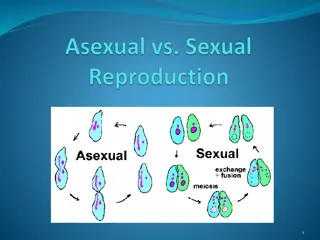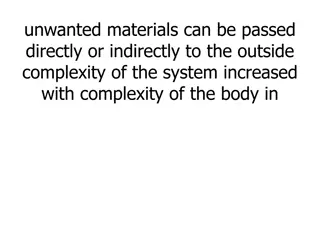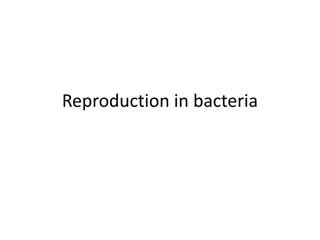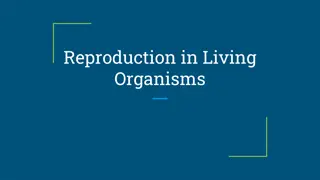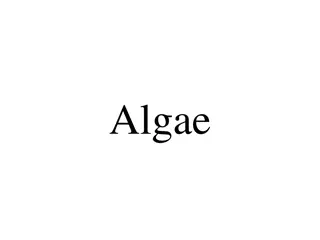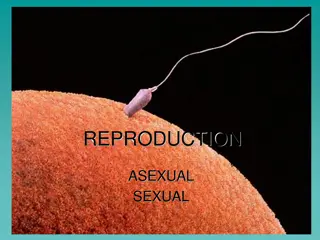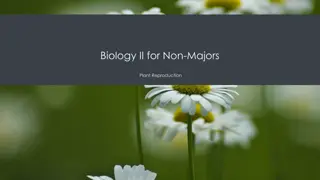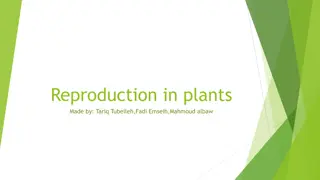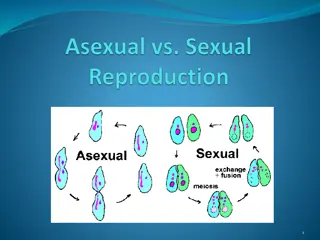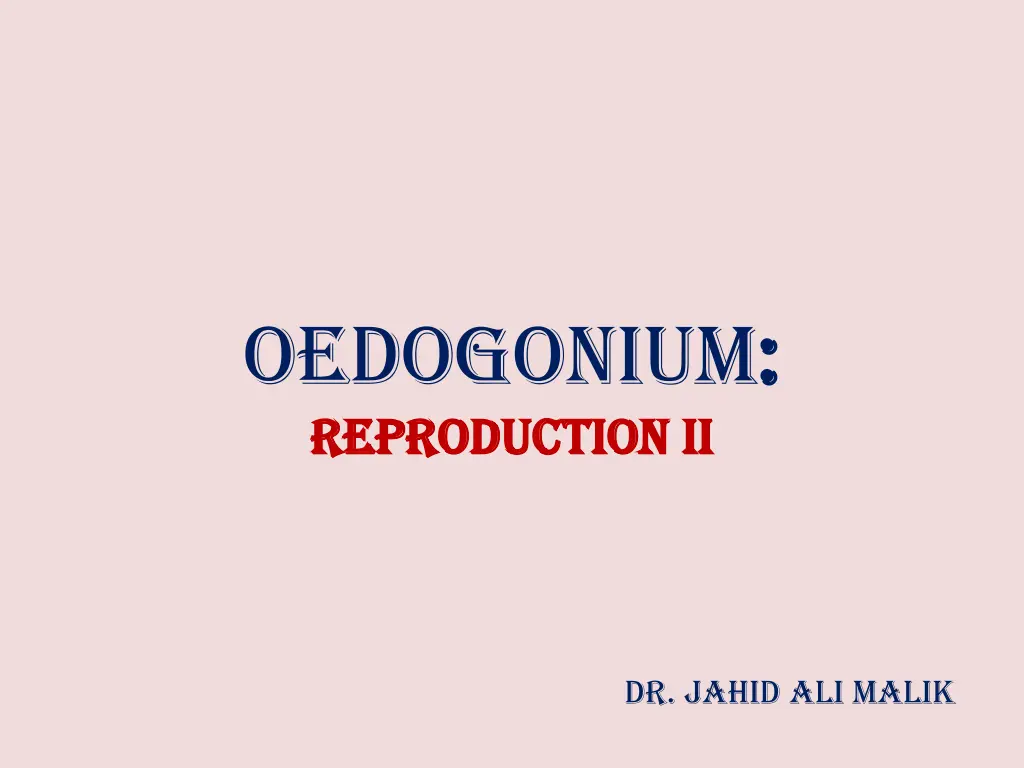
Understanding Reproduction in Oedogonium Species
Discover the intricate process of sexual reproduction in Oedogonium species including the development of sex organs, antheridia, spermatozoids, oogonium, and nannandrium. Learn about the formation of sperm cells and eggs, as well as the unique characteristics of macrandrous and nannandrous species. Explore the fascinating world of aquatic reproductive biology in algae.
Download Presentation

Please find below an Image/Link to download the presentation.
The content on the website is provided AS IS for your information and personal use only. It may not be sold, licensed, or shared on other websites without obtaining consent from the author. If you encounter any issues during the download, it is possible that the publisher has removed the file from their server.
You are allowed to download the files provided on this website for personal or commercial use, subject to the condition that they are used lawfully. All files are the property of their respective owners.
The content on the website is provided AS IS for your information and personal use only. It may not be sold, licensed, or shared on other websites without obtaining consent from the author.
E N D
Presentation Transcript
Oedogonium: : Reproduction II Reproduction II Dr. Jahid Ali Malik
Sex Organs in Macrandrous species The macrandrous species may be monoecious or dioecious. Antheridia:- In macrandrous species the antheridia are borne terminal or intercalary in position. A cap cell starts behaving as antheridial mother cell. It divides vegetatively into two unequal cells. The upper much smaller cell becomes antheridial cell and lower larger cell becomes sister cell. The sister cell again divides by unequal division forming upper antheridial cell and lower sister cell. The process continues till a row of antheridial cells is formed.
The protoplasm of antheridial cell usually divides by transverse or vertical wall to form two uninucleate daughter protoplasts. Each protoplast metamorphoses into a spermatozoid (antherozoid). Each spermatozoid is small spherical body with a ring of short flagella (about 30) attached to its colourless, beak like anterior end. It is pale or yellow in colour. The liberated spermatozoids swim freely in water and finally reach the oogonia.
Oogonium:- The oogonium may develop terminal or intercalary in position. It develops from an actively growing cap cell, called the oogonial mother cell. The oogonial mother cell divides transversely into an upper cap cell and a lower basal cell. The up per cap cell is rich in cytoplasm and becomes large, spherical or ellipsoidal. It differentiates into an oogonium. The lower basal cell becomes supporting cell (or suffultory cell). The protoplasm of oogonium is trans-formed into an egg (or oosphere)
SEX ORGANS IN NANNANDROUS SPECIES Oogonium: Androsporangia: They are produced by repeated transverse divisions of an ordinary vegetative cell. The protoplasm of androsporangium metamorphoses into single androspore. Androspore: The androspore resembles zoospore in structure. Each androspore is small, spherical, flagcllated motile structure which is yellow in colour. Each androspore sceretes its own cell wall and germinates to produce a small filament called nannandrium or dwarf male
Nannandrium (or dwarf male) ; Each nannandrium is a small few celled filament produced by the germination of androspore on the wall of oogonium or supporting cell. It has a basal long, sterile stalk cell which has a hold fast to gel itself attached There are 1-2 small cells at the apex of basal stalk cell in a nannandrium which behave as antheridia. Each antheridium produces one or two antherozoids. They are liberated either by disorganization of antheridial cell or by a lid.
FERTILIZATION The mature oogonium secretes a drop of mucilage through the slit or aperture at its distal end on one side, which attracts the antherozoids. The spermatozoid penetrates the egg membrane through the receptive spot. The male and female nuclei fuse with each other forming a diploid nucleus. The fertilized egg or zygote secretes a thick layer around it. Thc outer wall layer may be smooth, reticulate or pitted. The oospore turns red due to accumulation of reddish oil
GERMINATION OF ZYGOTE The zygotc librates by the decay of oogonial wall and sinks to the bottom of pond. It may undergo a period of rest. The diploid nucleus divides by meiosis before germination. The protoplast loses its red colour and turns green. It is followed by protoplasmic cleavage which results in the formation of four uninucleate haploid protoplasmic pieces. These pieces migrate into a delicate mucilaginous vesicle where they differentiate into multiflagellate zoomeiospores. The zoospores liberate by disintegration of vesicle, swim in water and germinate to produce vegetative filaments
Thank You Thank You

